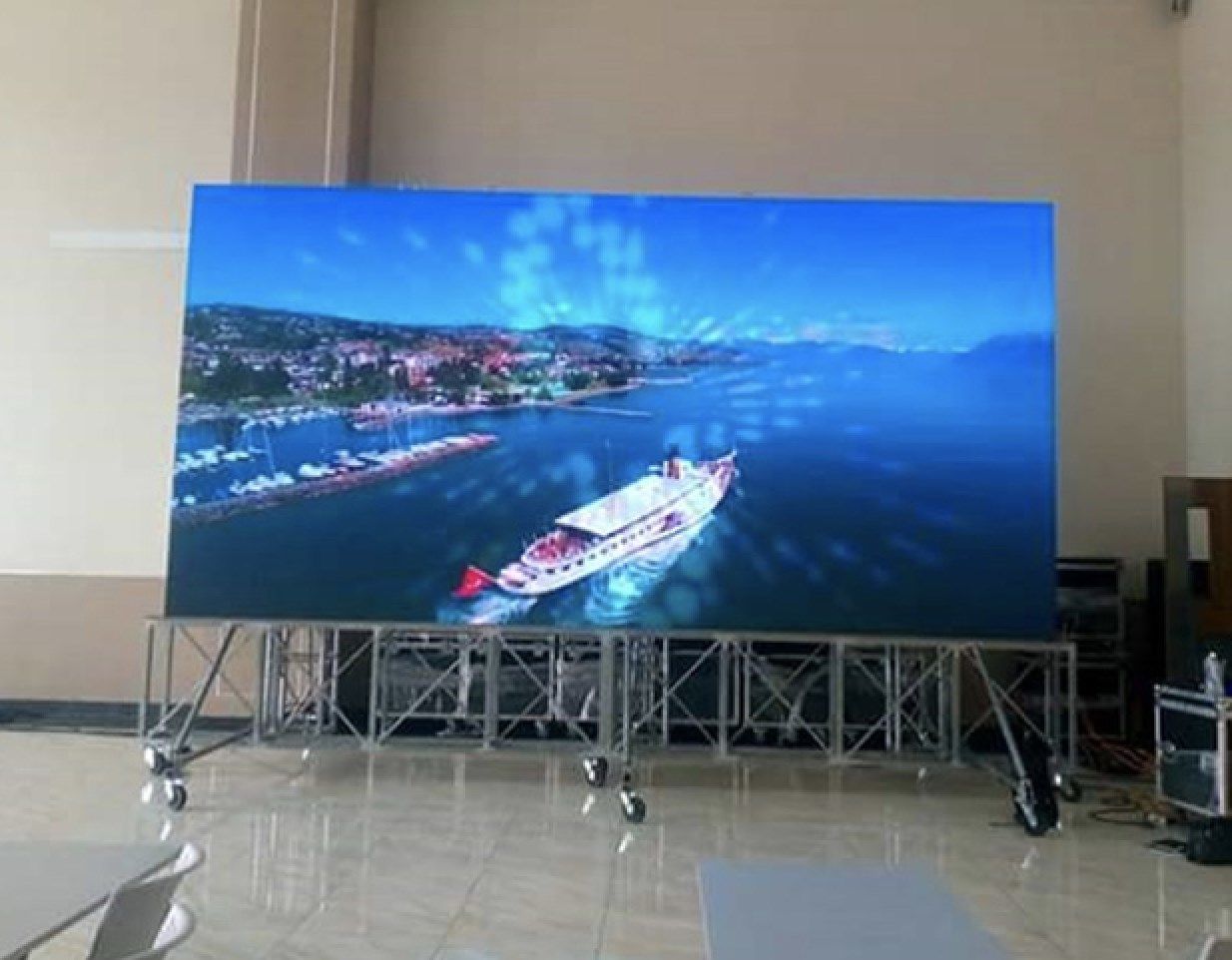A Comprehensive Analysis of Various Light Emitting Diode Video Wall Techniques and Their Uses
A Comprehensive Analysis of Various Light Emitting Diode Video Wall Techniques and Their Uses
Blog Article
Light Emitting Diode display screens are increasingly common across various settings, including concerts, athletic competitions, as well as corporate presentations. These big displays consist of composed of many small LED modules which function collectively to create a single cohesive visual. Various multiple kinds of LED video wall technologies available, each having its unique characteristics and benefits. Understanding these options can assist companies as well as entities choose the appropriate solution for their specific needs.
A common kind of Light Emitting Diode display screen solution is the directly viewed Light Emitting Diode. This technology uses separate LED modules which are arranged closely in proximity to form a big screen. Direct view Light Emitting Diode walls are known for their elevated luminosity and vibrant hues, making them ideal for external activities or brightly illuminated settings. They also have a wide sight perspective, which means that viewers can view the display clearly at various positions. Such makes direct view Light Emitting Diode walls a favored option for stadiums and external festivals.
A different type of LED display screen technology is the LED-backlit Liquid Crystal Display. Such solution combines traditional Liquid Crystal Display displays and LED backlighting for improved brightness and hue precision. LED-backlit LCDs are commonly utilized in indoor environments, such as shopping centers as well as conference spaces. They provide superior visual quality and are typically more affordable than direct view LED walls. However, they may not perform as well in well-lit settings, since the backlighting can sometimes dull the colors.
Another thirdly choice is the Organic Light Emitting Diode video screen. OLED technology offers exceptional differentiation as well as color depth compared to other types of screens. Every pixel in an Organic Light Emitting Diode screen emits its own light, enabling for genuine dark tones and vibrant colors. This makes Organic Light Emitting Diode display screens especially attractive for uses which demand premium images, including art galleries and luxury retail outlets. However, OLED technology can be costlier costly and may often be as luminous as directly viewed LED led video wall for audience interaction screens, rendering it less suitable for external use.
Along with the aforementioned options, various additionally multiple uses for Light Emitting Diode video walls. They can be utilized for promotion, amusement, and information display. For instance, companies often utilize LED display walls for digital signage to attract clients as well as promote products. Within amusement, these displays enhance the visual experience at concerts as well as gatherings, providing dynamic backgrounds as well as captivating visuals. In corporate environments, Light Emitting Diode video walls can be utilized for demonstrations, visual meetings, as well as training sessions, aiding to communicate information in a aesthetically attractive way.
To summarize, Light Emitting Diode video walls are available in various technologies, every having its unique advantages as well as uses. Direct view LED screens are great for outdoor applications, whereas LED illuminated Liquid Crystal Displays are more appropriate for indoor environments. Organic Light Emitting Diode video walls offer exceptional image clarity but may come at a greater cost. Grasping the differences differences can assist entities to make informed choices about the best type of Light Emitting Diode video wall most meets their requirements, whether it be for advertising, amusement, or corporate applications.